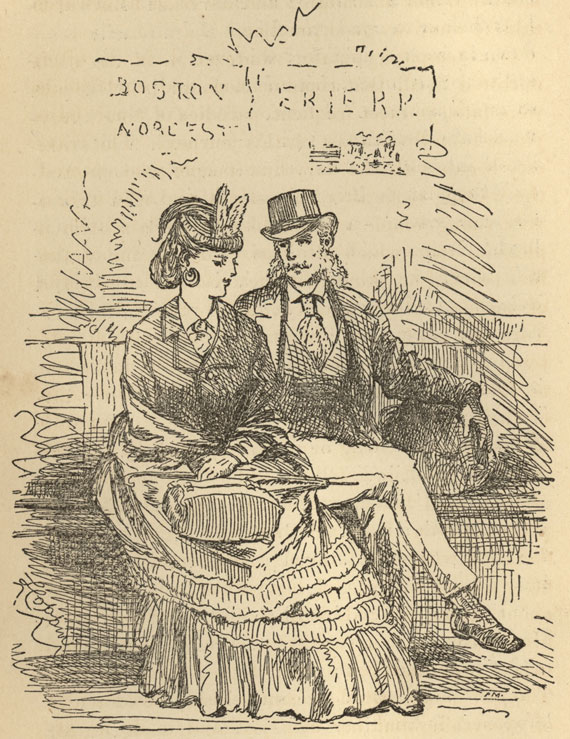By Kevin Grace
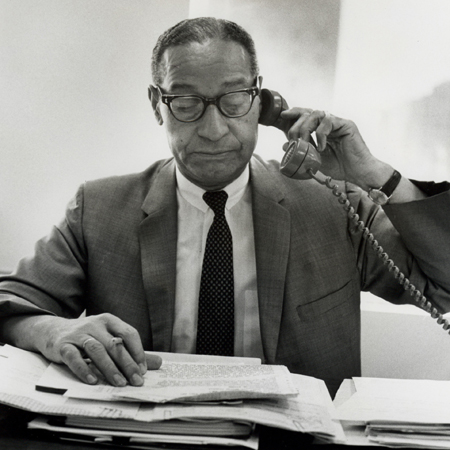 Yesterday evening a special event celebrated the processing of the Theodore M. Berry Papers. Hosted by the Office of the President, UC Libraries, UC College of Law, UC Alumni Association, and the UC Foundation, the gathering attracted over a hundred people to recognize the outstanding contributions of civil rights leader Berry to his alma mater, his community and his nation. Theodore “Ted” Berry (1905-2000) was the first African American mayor in Cincinnati, served the Lyndon Baines Johnson presidential administration in civil rights programs, and was an active attorney for the NAACP. The Berry papers, acquired by the UC Libraries many years ago, were able to be fully processed through a grant from the National Historical Publications and Records Commission of the National Archives. The materials are now available for research and teaching. Continue reading
Yesterday evening a special event celebrated the processing of the Theodore M. Berry Papers. Hosted by the Office of the President, UC Libraries, UC College of Law, UC Alumni Association, and the UC Foundation, the gathering attracted over a hundred people to recognize the outstanding contributions of civil rights leader Berry to his alma mater, his community and his nation. Theodore “Ted” Berry (1905-2000) was the first African American mayor in Cincinnati, served the Lyndon Baines Johnson presidential administration in civil rights programs, and was an active attorney for the NAACP. The Berry papers, acquired by the UC Libraries many years ago, were able to be fully processed through a grant from the National Historical Publications and Records Commission of the National Archives. The materials are now available for research and teaching. Continue reading

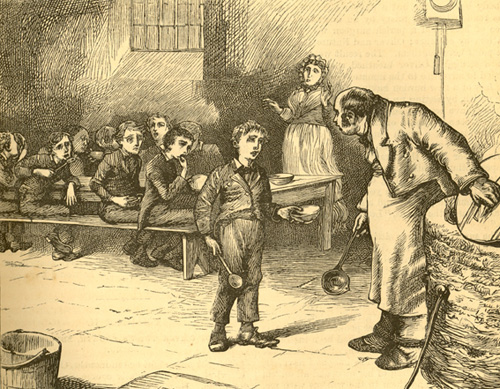
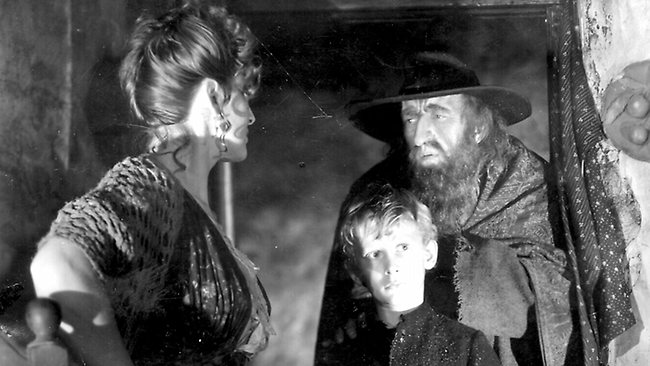
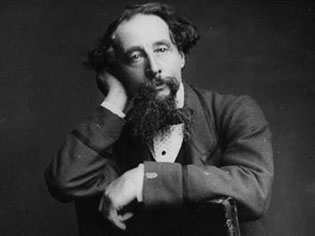
 STEM Education E-Guide: Your Portal to Cutting Edge Resources
STEM Education E-Guide: Your Portal to Cutting Edge Resources
